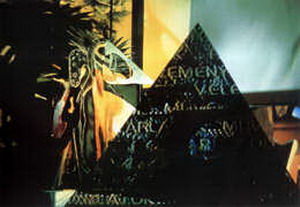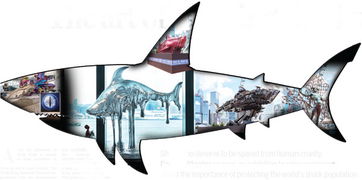Introduction:
Fishing boat enthusiasts often seek to enhance their experience on the water by mastering the art of fishing. Whether you're a seasoned angler or a beginner looking to get started, understanding the tricks and techniques of fishing boat play can significantly elevate your enjoyment and success. In this article, we'll delve into the essential tips and provide a step-by-step guide with illustrations to help you become a fishing boat pro.
Section 1: Choosing the Right Fishing Boat
Before you can start fishing, you need the right boat. Here are some tips to help you choose the perfect fishing vessel:
Size and Capacity: Consider the size of your boat based on the number of people and the type of fishing you plan to do. Larger boats offer more space and stability, while smaller boats are more maneuverable and easier to store.
Type of Fishing: Different types of fishing require different boat types. For example, if you're into deep-sea fishing, you'll need a sturdy, larger boat with the necessary equipment. For freshwater fishing, a smaller, more agile boat might suffice.
Budget: Determine your budget and look for boats within that range. Remember, you don't always have to break the bank to get a good fishing boat.
Section 2: Essential Equipment
Once you have your boat, it's time to equip it with the necessary gear:
Rod and Reel: Choose a rod and reel that match the type of fish you're targeting. Spinning reels are great for lighter lures, while baitcasting reels are better for heavier ones.
Lures and Bait: Have a variety of lures and bait on hand to cater to different fish species. Live bait can be very effective, but artificial lures can also be a great option.
Tackle Box: Keep a well-organized tackle box with hooks, sinkers, swivels, and other essentials.
First Aid Kit: Always have a first aid kit on board in case of an emergency.
Section 3: Fishing Techniques
Now that you have your boat and equipment, it's time to learn some fishing techniques:
Location: Research the best spots for fishing in your area. Use maps and local knowledge to find prime locations.
Timing: Fish during the right times of day. Most fish are most active during dawn and dusk.

Baiting the Hook: Make sure your bait is securely attached to the hook. This can be a delicate process, so take your time.
Lure Action: If using artificial lures, mimic the natural movement of the fish you're targeting. This can be achieved by varying the speed and direction of your retrieve.
Setting the Hook: Once you feel a bite, set the hook quickly and firmly. This can be done by pulling the rod tip down towards the water.
Section 4: Safety First
Safety should always be a top priority when fishing:
Life Jackets: Make sure everyone on board wears a life jacket, especially children and non-swimmers.
Navigation Tools: Carry a compass, GPS, and a map to help you navigate the waters.
Weather Awareness: Check the weather forecast before heading out and be prepared to return to shore if conditions worsen.
Section 5: Tips and Illustrations
To help you visualize the fishing process, here are some step-by-step illustrations:
Boat Setup: Start by setting up your boat with all the necessary equipment. This includes anchoring the boat, attaching the rod holder, and securing your tackle box.
Fishing Rod Position: Hold the fishing rod with a comfortable grip, keeping your elbow slightly bent and the rod tip pointing towards the water.
Baiting the Hook: Place the bait on the hook, ensuring it's secure. You can use your fingers or a baiting tool for this.
Cast the Line: Hold the rod with both hands and sweep it back and forth to cast the line into the water. Practice this until you can cast with precision.
Reeling in: Once you've hooked a fish, start reeling in slowly and steadily. Keep tension on the line to prevent the fish from escaping.
Landing the Fish: Once the fish is close to the boat, use a net to gently land it. Be careful not to harm the fish during this process.
Conclusion:
Fishing boat play can be a rewarding and enjoyable activity for anglers of all levels. By following these tips and using the provided illustrations, you'll be well on your way to mastering the art of fishing. Remember to always prioritize safety and respect the environment. Happy fishing!












